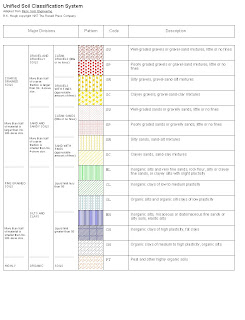Hydraulic jump
first of all this is a video of the Free Hydraulic jump Experiment I captured it at my faculty of engineering
what is the hydraulic jump
Sudden change in water level, analogous to a
shock wave, commonly seen below weirs and sluice gates where a smooth
stream of water suddenly rises at a foaming front. The fact that the
speed of water waves varies with wavelength and with amplitude leads to a
wide variety of effects. Tidal bores, which may be observed on some
estuaries, are large-scale examples
or
An abrupt increase of depth in a free-surface liquid flow. A hydraulic
jump is characterized by rapid flow and small depths on the upstream
side, and by larger depths and smaller velocities on the downstream
side. A jump can form only when the upstream flow is supercritical, that
is, when the fluid velocity is greater than the propagation velocity c of a small, shallow-water gravity wave (c = gh, where g is the acceleration of gravity and h is the depth). A considerable amount of energy is dissipated in the conversion from supercritical to subcritical flow.










